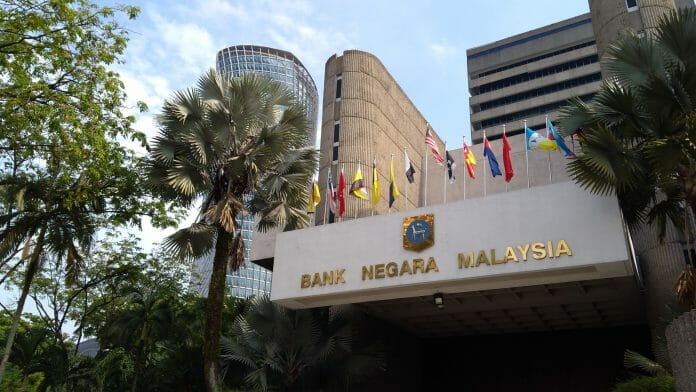Foreign investors extended their streak of divestment in Malaysia’s debt securities for the third straight month in October (-RM2.6b; Sep: -RM4.4b), driven by a sell-off in Malaysian Government Securities (MGS)
As a result, the total foreign debt holdings dropped to RM267.2b in October, with its contribution to the total outstanding debt falling to a four-month low of 13.5%. Increasing demand for safe-haven assets amid mounting geopolitical risks and concerns about a hawkish Fed has sustained its deterrence effect on high-quality emerging market bonds. Also, the persistent negative widening of the MY-US 10-year government bond yield differential has further exacerbated the decline in foreign interest.
Kenanga said this month’s outflow was propelled by a net selling in MGS, Malaysian Islamic Treasury Bills, and Private Debt Securities (PDS). MGS: outflow deepened due to a surge in US bond yields, dragging down foreign holdings share to an 11-month low. MITB: continued to record an outflow, albeit at a much slower pace, but foreign holdings share edged up to 13.2%. PDS (-RM0.4b; Sep: RM0.1b): first outflow in five months; foreign holdings share fell marginally.
Foreign investors turned net sellers of Bursa after three straight months of net buying. Malaysian equities were net sold by foreign investors on 18 out of 22 trading days in October, resulting in a total outflow of RM2.2b, the highest since July 2020. The stock market saw marginal inflows from the utilities and property sectors, which partially mitigated a substantial outflow from the financial services and consumer products sectors. This can largely be attributed to risk aversion due to the escalating Middle East conflict, and uncertainty surrounding the Fed’s monetary policy direction, given the mixed economic data.
Overall, the capital market registered its third net foreign outflow (-RM4.7b; Sep: -RM3.8b) in 2023. Domestic debt market to regain momentum amid a potential return of risk appetite. Despite the ongoing headwinds confronting cyclical assets, we anticipate an influx of foreign capital in the near to medium term as a result of a possible rotation in asset allocation. Given our assessment that the Fed Fund Rate has already peaked, bond investors may progressively pivot away from the US and rebuild their positions in emerging markets. Notably, foreign holdings in Malaysia’s debt market tend to rise 6-12 months following the conclusion of the Fed tightening cycle.
With the BNM expected to maintain its current policy stance until at least end-2024, alongside the government’s pursuit of fiscal consolidation and the solid underpinnings of the domestic economy, Kenanga foresees investors potentially increasing their acquisition of Malaysian assets in pursuit of carry returns and capital appreciation.









